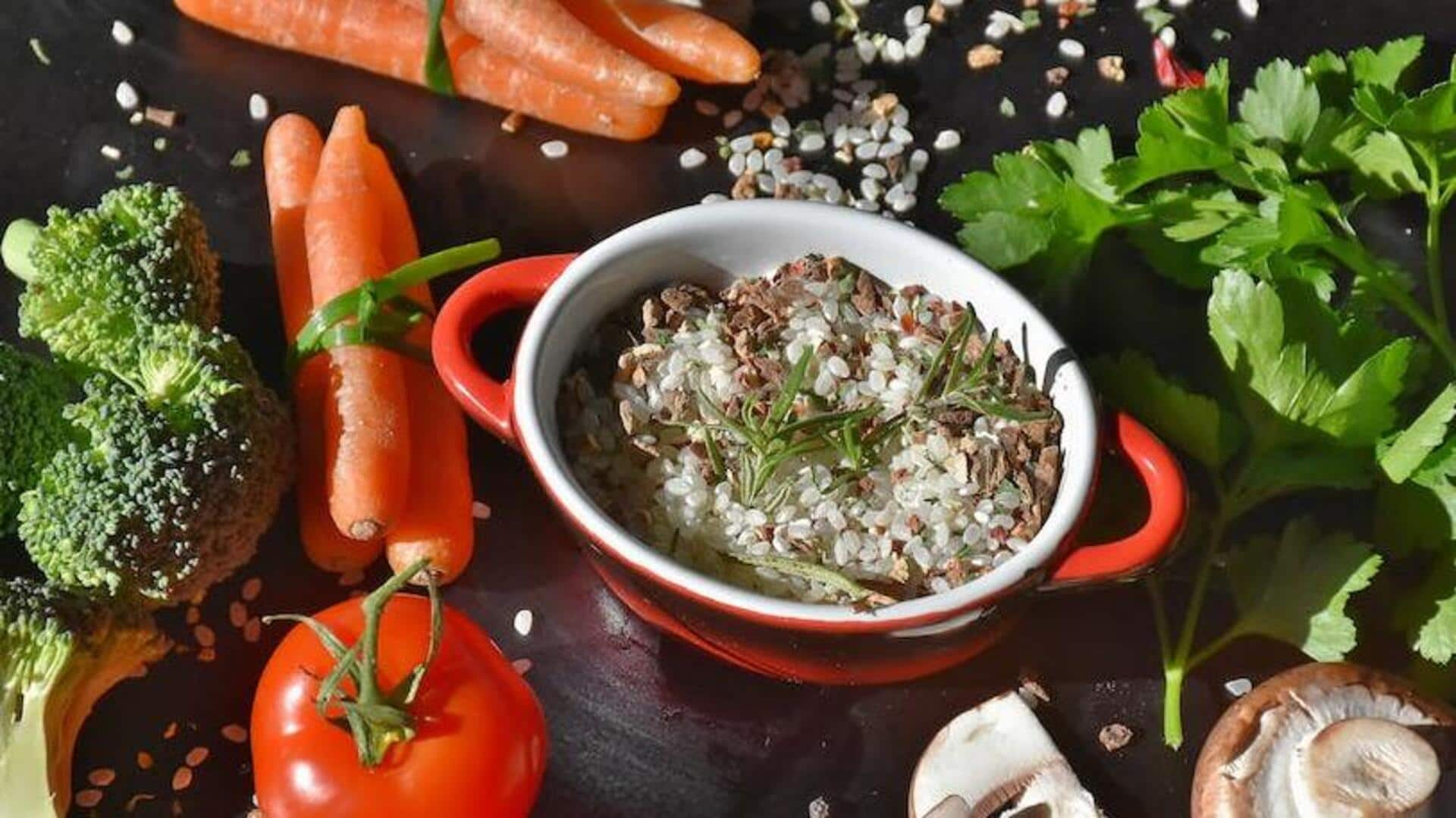
Here are the correct ways to prepare these 5 foods
What's the story
There is always something new to learn in the field of culinary arts. Many of us pick up cooking techniques from our elders or by imitating what we see on cook shows. Some conventional cooking techniques, nevertheless, might not produce the best outcomes. Let us identify some food items that you have probably been preparing incorrectly, and what the correct way is.
Food 1
Pasta
Many people make the mistake of cooking pasta until it's soft. However, overcooked pasta becomes mushy and lacks the delightful al dente texture. Experts suggest cooking pasta until it's al dente. Pasta should be added to the sauce while it is still firm. Save one cup of pasta water. Add it to the sauce and continue cooking the pasta to improve the sauce's consistency.
Food 2
Treating eggplant
To ensure eggplant's best taste and texture, it requires special handling distinct from other veggies. Deep frying it can diminish its health benefits, adding calories and saturated fats. Preserve its nutritional value by grilling, roasting, or sautéing with less oil. Before cooking, salt the slices to remove moisture for a softer texture. After 30 minutes, rinse, pat dry, and then roast, sauté, or bake.
Food 3
Lentils
Lentils are one of the easiest legumes to cook. They are typically cooked by simmering or boiling at high temperatures, or in pressure cookers. Cooking them over low heat prevents disintegration and helps retain their structure. Gently stirring can also help lentils preserve their toothy texture. Certain varieties, like firmer lentils, can withstand simmering in dals or soups.
Food 4
Rice
For perfectly cooked rice, avoid lifting the lid to check on the rice when boiling it, this can result in uneven cooking and sticky, clumpy grains. Instead, trust the process—once you begin cooking rice, keep the lid on, follow the recommended cooking time, and let the steam work its magic. After it's done, fluff up the rice with a fork for excellent results.
Food 5
Baked goods
Do not overmix the batter or use cold ingredients while baking. Cold ingredients won't mix into your batter effectively. So avoid the temptation to ignore the recommendations for room-temperature ingredients. You can whisk the wet ingredients, but after the flour is added, reduce your whisking speed. Fold in the flour gradually, but do not mix it too much—you may end up getting hard-baked goods.